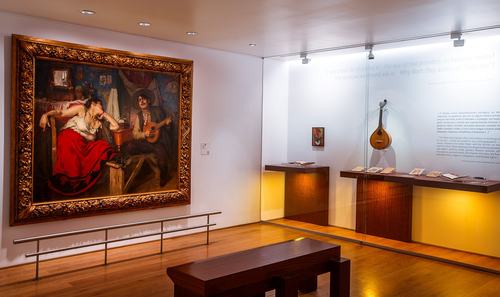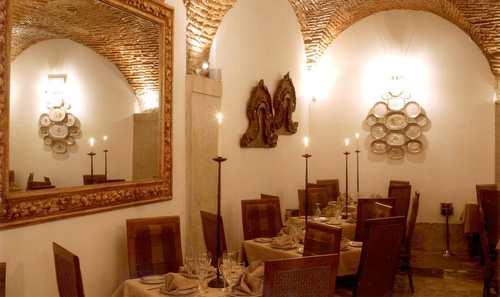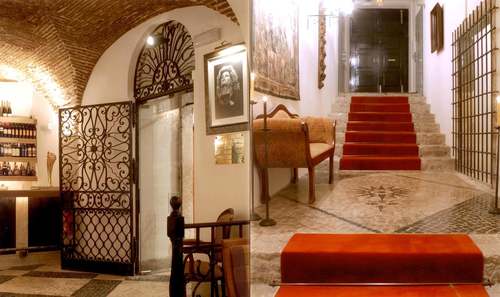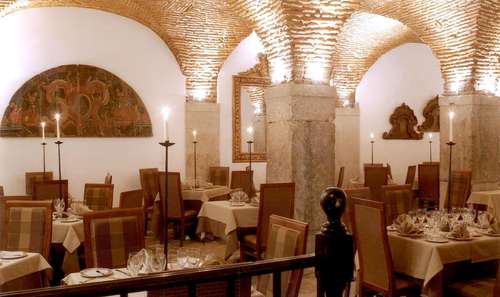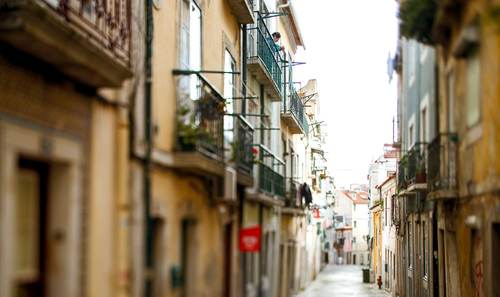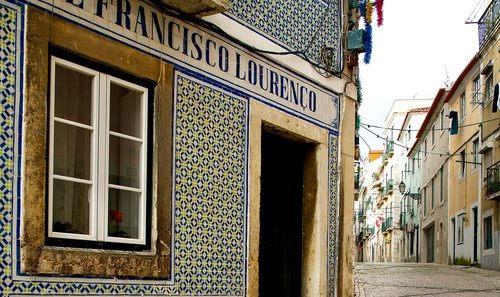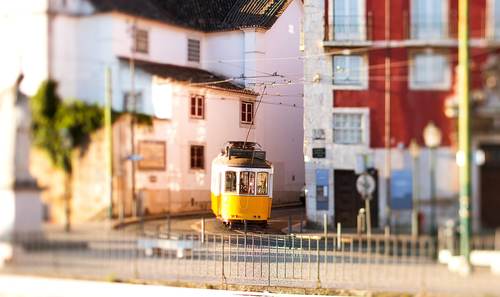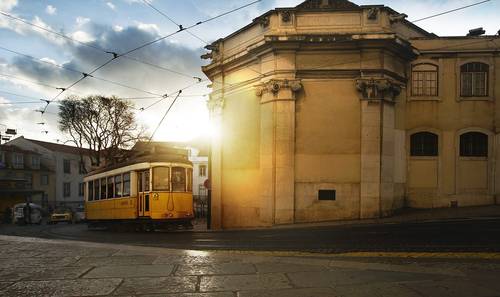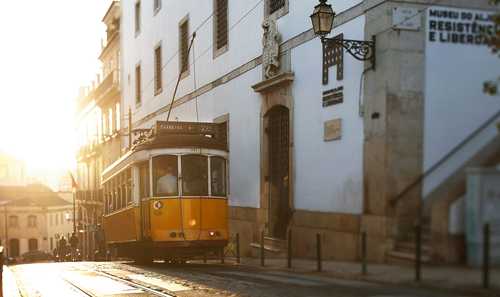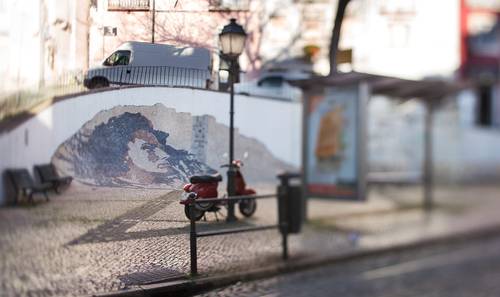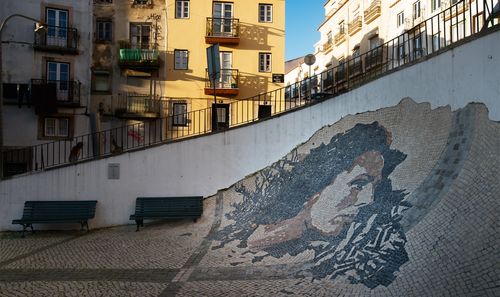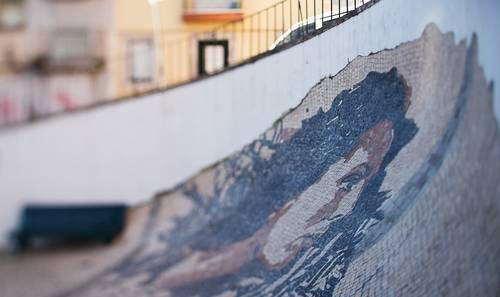Fado Route
Visit typical fado neighbourhoods and discover unforgettable places.
Museu do Fado
MuseumNothing in this museum, founded in 1998, has stood still in time. The exhibition of objects belonging to hundreds of singers, composers, writers, instrument makers, scholars and researchers is dynamic, at times even presented in song. That’s right, there are organised guided tours for groups that are sung. And there are workshops, record launches and temporary exhibitions.
Casa de Fado Marquês da Sé
RestaurantAt this stunning establishment, resplendent in its 17th-century Lisbon style, traditional fado is served up by the finest singers in an atmosphere that is both affable and sophisticated. Visitors to this prestigious fado house in Alfama can also enjoy the finest traditional Portuguese delicacies and local wines.
Rua Vicente Borga
Point of InterestLocated in the parish of Estrela, starting at Travessa do Pasteleiro and ending at Rua das Trinas, this street occupies an important place in the story of fado: it was here, at number 33, that Maria Severa Onofriana, the first fado singer of which there is memory, was born. Besides this signposted house, amongst this street’s jewels is also the Real Mosteiro de Nossa Senhora do Mocamba.
Tram No. 28
Public transportationIt’s been plodding its way along the oldest streets of Lisbon for so many years that it can do it with its eyes closed. To get to Alfama, you should jump on in Baixa at one of the stops in Rua da Conceição. In the summer, it’s the coolest way to travel. With its open guillotine windows, it’s lovely to feel the cool breeze as you proceed at the tram’s slow and steady pace.
Amália by Vhils
Point of InterestIn Rua de São Tomé, passersby are caught by surprise by a mural featuring the image of the iconic fado singer Amália Rodrigues made out of Portuguese cobblestones. The work was created by the famous urban artist Vhils in collaboration with the cobble pavers of Lisbon. The artist’s idea was to pay homage to fado, which first began in the street, while at the same time paying tribute to the city’s cobble pavers, its first urban artists. The mural, which begins on the pavement and progresses up the wall, has an interesting feature: when it rains, the image of Amália "cries", as the real Amália did so many times when she became emotional on stage.



